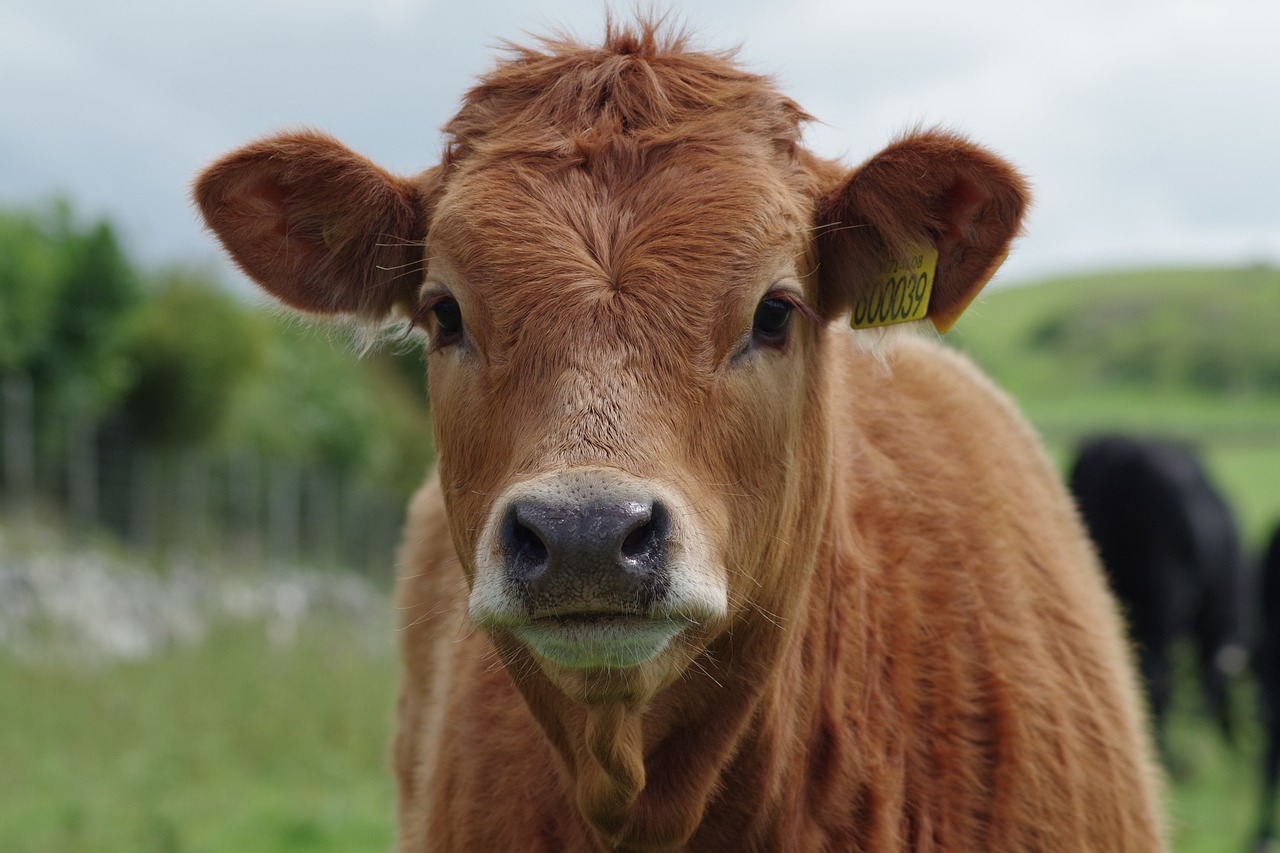Can Cattle Futures Sustain the Rally as the Offseason Approaches?

I concluded my Q2 Barchart report on the animal protein sector with the following:
I expect a continuation of elevated beef and pork prices. Significant corrections over the coming months could be buying opportunities. Given the volatility in animal protein futures, buyers should leave plenty of room to add on declines, as it is virtually impossible to pick bottoms in the meats or any other commodity markets.
Nearby live cattle futures settled Q2 at $2.13875, with the feeders at $3.10675 per pound. In mid-July 2025, the futures for fat and feeder cattle were higher than the levels on June 30, 2025.
Live cattle reach a new record high
The bullish trend in the live cattle futures market remains firmly intact in July 2025.

The monthly chart, dating back to the early 1970s, shows that the price rose to a new high of $2.24400 per pound in July 2025. After falling to a 76.60 cents per pound low as the global pandemic gripped markets across all asset classes, cattle futures have nearly tripled at the most recent high and were trading above the $2.20 per pound level in mid-July 2025.
New highs in the feeders in July- Five consecutive months of new highs
The feeders have outperformed the fat cattle, reaching new highs of over $3 for the first time in Q3 and rising to a fresh record peak in July 2025.

The monthly continuous futures chart illustrates the bullish price action that has driven the CME feeder cattle futures contract to its most recent high of $3.26875 per pound. At over $3.25 per pound in mid-July, the feeders remain in a bullish trend. The feeders are now over triple the price they were at the 2020 low.
Fundamentals favor the upside
U.S. consumers continue to enjoy beef, despite the high prices, keeping the demand side of cattle’s fundamental equation steady to higher. Meanwhile, the pandemic caused a decline in herds, with the number of beef cattle 27.8 million in 2025, at the lowest level since the 1960s. While feed prices have declined, the drought in the U.S. that started in 2021 caused many cattle ranchers to sell their beef cows, resulting in a reduction of the herd. Another factor that keeps the bid under the cattle market is the Trump administration’s tariffs.

Brazil is the leading beef-exporting country, followed by Australia in second place, and the U.S. in third.

The chart shows that the United States was the second-leading beef importer, behind China, but imports over 2.9 times more than third-place South Korea and over three times more than fourth-place Japan.
Smaller herds, higher production costs, and tariffs have been a potent bullish cocktail for the live and feeder cattle futures market.
Seasonality could cause a correction
The 2025 peak grilling season runs from late May through early September when the weather and vacations favor outdoor gatherings, and the aroma of sizzling beef fills the air. Beef and pork prices tend to rise to annual highs during late spring and summer and fall to annual lows when barbecues head back into storage after the Labor Day holiday weekend. With cattle futures at record highs, the odds favor a correction during the 2025/2026 offseason. However, prices have remained steady, making higher lows and higher highs during the offseason since the 2020 lows.
Buying dips over the coming months could be optimal
The cattle trend remains bullish, no pun intended, as the market is in the heart of the 2025 grilling season. While a correction becomes more likely as prices rise, the beef market fundamentals suggest that prices could continue to increase, tariffs being the latest factor that is causing U.S. beef consumers to pay higher prices for their steaks, burgers, hot dogs, and other beef products.
Any significant correction could be a tasty buying opportunity for the 2026 peak grilling season, which gets underway next May.
The trend in any market is always a trader’s or investor’s best friend, and when technicals and fundamentals agree, the results are typically explosive. Expect to pay more for beef over the coming months as the cattle bull continues to charge higher.
On the date of publication, Andrew Hecht did not have (either directly or indirectly) positions in any of the securities mentioned in this article. All information and data in this article is solely for informational purposes. For more information please view the Barchart Disclosure Policy here.